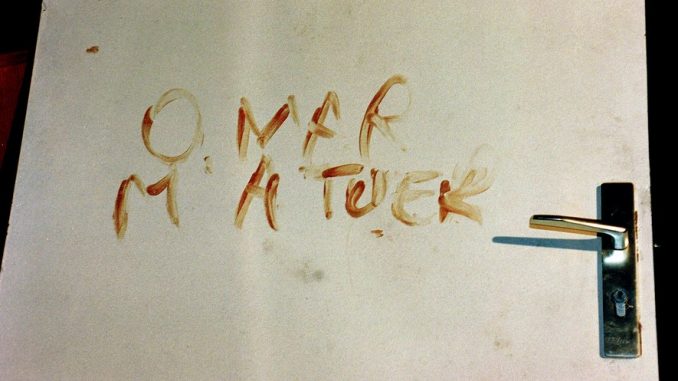
Many years after the trial in France of Omar Raddad, then his pardon, the case of the murder of Ghislaine Marchal, the employer of the Moroccan gardener, has not yet delivered all its secrets. After the presentation by his defense of “new elements”, the former Moroccan gardener must be fixed Thursday on the consequences of his request for revision, twenty-eight years after his conviction for this murder of which he says he is innocent.
On June 24, 1991, the body of Ghislaine Marchal, 65, was found bathed in blood in the basement of his villa in Mougins. The rich widow of the car manufacturer had been massacred with a rafter and stabbed with a knife.
Designated by two graffiti, Omar Raddad, Ghislaine Marchal’s Moroccan gardener, was arrested and sentenced to 18 years of criminal imprisonment in 1994, before being granted a partial presidential pardon in 1996. Since then, his lawyers have not stopped demanding a reopening of the investigation or a review of the trial. To no avail. This case has remained famous because of the mystery surrounding the crime scenario. The body of Ghislaine Marchal had indeed been found in the cellar of her villa, whose access door was blocked from the inside.
Raddad’s conviction raised a lot of controversy, both in France and in Morocco, with the defense criticizing the way the investigation was conducted and challenging the conclusions of the autopsy and handwriting analysis.
A first request was rejected twenty years ago, but Omar Raddad filed a new application for review of his trial on June 24, 2021, thirty years to the day after the discovery of the body of Ghislaine Marchal. Today, Omar Raddad is pinning his hopes on scientific advances in DNA and a law that relaxes the criteria for obtaining a retrial.
In the long judicial process towards a hypothetical referral to the Court of Revision, his lawyer Sylvie Noachovitch is proud to have taken a first “step” after having obtained, in December, from the investigating committee, that additional investigations be carried out.
This additional information aimed to determine the scope of the conclusions of a genetic expert requested by Noachovitch, concerning four unidentified male DNA, found in 2015 on seals of the crime scene and which do not match the genetic profile of the ex-gardener.
In notes of 2019 and 2020, the genetic expert had noted the presence of 35 traces of an unknown male DNA on the inscription “Omar m’a t” and concluded in favor of the hypothesis of a deposit of these prints at the time of the facts and not of a later “pollution”, especially by the investigators.

Be the first to comment